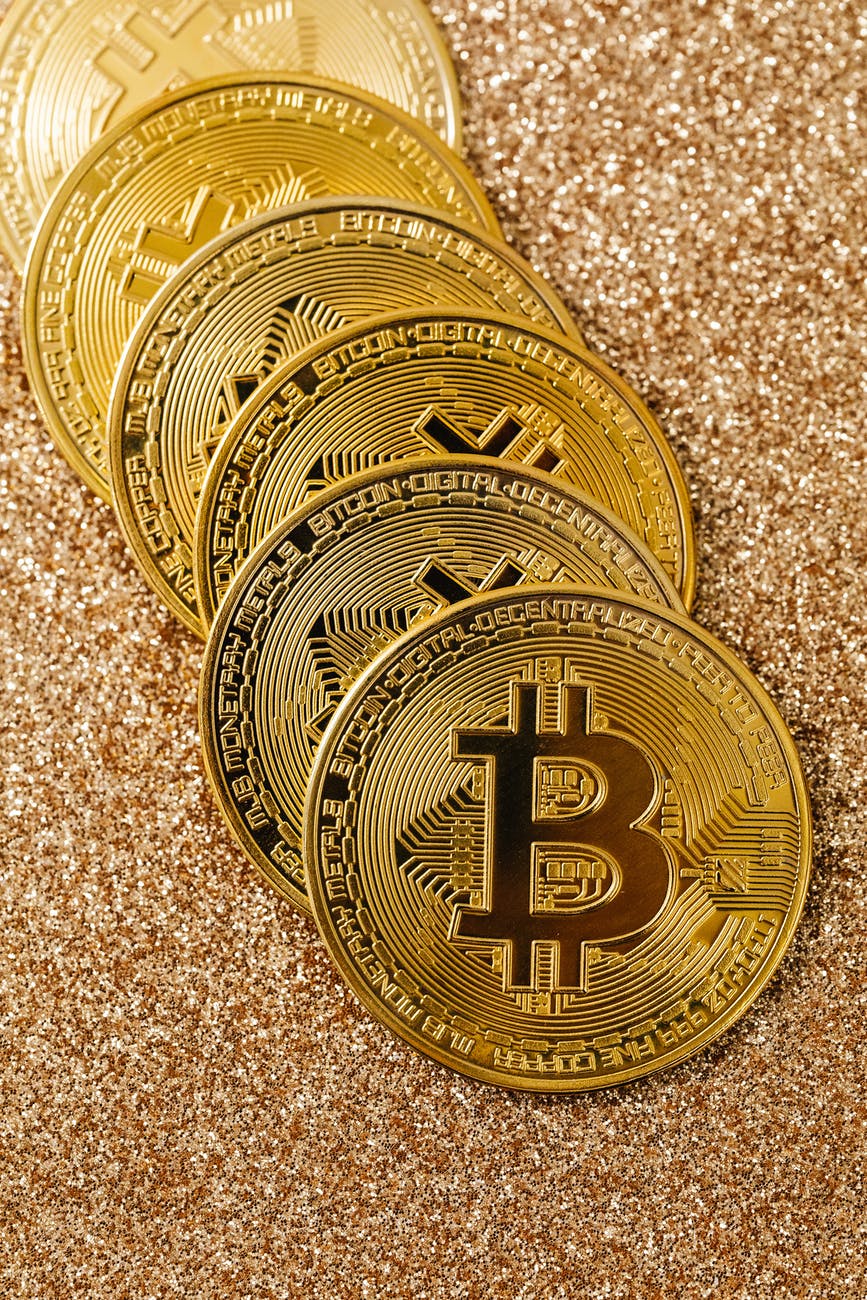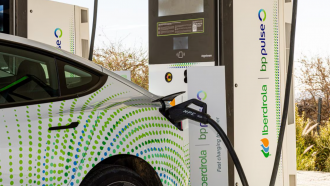
The advent of Bitcoin brought the possibility of developing blockchain networks to create a decentralized payment system that could run without requiring an intermediary or a central entity. However, there was a lot more that developers could do with blockchains. It led to the creation of new blockchain networks that were more scalable than Bitcoin and allowed the development of a whole ecosystem of decentralized financial applications.
However, the problem with these blockchains was they did not have a way to talk to each other. Since they could not interact, the blockchain and crypto community got divided, with each member preferring networks that worked best for them. In order to unite the crypto community and build an interoperable future of blockchains, various initiatives have been taken over the years. One of them is the blockchain bridge.
What are Blockchain Bridges and How They Work?
A blockchain bridge connects two different blockchain networks to provide a compatible way to interoperate securely on both sides. Using these bridges, users and developers can transfer tokens or arbitrary data from one blockchain to another. In decentralized finance (DeFi) space, blockchain bridges allow users to access the perks of different blockchain networks without sacrificing the benefits of the host chain. It brings in several use cases, including cross-chain collateral, better scalability of networks, and reduced transaction fees.
Most bridges work on a mint-and-burn protocol. It means when a token is transferred from one blockchain to another, the underlying protocol first burns the token and then mint an equivalent token on the other blockchain. Essentially, bridges are of two types: centralized and decentralized. While centralized bridges rely on an intermediary to facilitate transactions between two networks, decentralized bridges operate on their own because they run according to their smart contracts. In the case of centralized bridges, a protocol makes someone a part of an authority that manages and reviews all transactions. This process varies from project to project.
On the other hand, decentralized bridges run through a distributed network of participants that validates the transaction. In exchange for overseeing bridge transactions, these participants are incentivized to ensure they act in the system's best interest.
Bridges in Operation
Free Ton Bridge
Though Ethereum gas fees are not as costly as they were a few weeks ago, they are still high for most users. Free Ton solves Ethereum's gas and scalability issues since it allows users to transfer assets from the Ethereum network to its own blockchain where fees are near-zero and transactions are done at a much faster rate.
How does It work?
Free Ton Bridge powered by Broxus, a laboratory for blockchain solutions and a member of the Free TON DeFi Alliance, is a Layer 2 solution that allows for the exchange of assets and data between Ethereum and Free Ton blockchain. Similar to other decentralized bridges, its framework also allows users and service providers on Ethereum blockchain and Free Ton blockchain to engage in cross-chain transactions by interacting with smart contracts deployed on their respective chains. The platform uses specialized nodes called "Relays" to lock user's tokens on the Ethereum network. Moreover, Relays are responsible for validating transactions on the network.
BRIDGE - Free TON's Token To Act as A Validator
BRIDGE is the native governance token of the Free Ton Bridge that offers multiple functionalities to its holders. Firstly, anyone can participate in the consensus mechanism of the platform by staking BRIDGE tokens to bid in the auction process wherein the network randomly selects a validator.
However, a minimum of 100,000 BRIDGE tokens must be staked to participate in the auction. BRIDGE holders can also participate in the governance mechanism of the platform by staking a portion of their holdings to vote on earning protocols of Free TON and on the distribution of profits.
In terms of token economics, returns are divided equally between stakeholders and Relays. Both receive 50% in shares proportional to their BRIDGE token shares.
Wanchain
Wanchain is a permissionless blockchain interoperability solution that offers bridges connecting different blockchain networks, including Bitcoin, Ethereum, Binance Smart Chain (BSC), and more.
How it Works
Wanchain uses a proprietary PoS consensus mechanism called Galaxy Consensus to secure its network. The platform also features Storeman validator nodes to perform and verify cross-chain transactions. This Storeman group consists of 25 nodes responsible for creating a locked account to hold an asset and mint a new asset pegged 1:1 to the original one. Each Storeman node has access to a small portion of the private key. When a user wants to take out the original asset, all Storeman nodes use their part of the private key to unlock the asset.
WAN - Token to Become a Storeman
WAN is the native utility token of the Wanchain network that serves functions like facilitating regular, private, and cross-chain transactions, and helps develop smart contracts. These tokens can also be staked as collateral to become a Storeman node and participate in the Galaxy Consensus to earn rewards.
RenVM
Ren is another interoperability protocol that allows users to trade assets across different blockchains, including Bitcoin, Bitcoin Cash, and Zcash using the RenVM bridge.
How Does it Work?
RenVM is powered by Darknodes, which is a decentralized network of virtual machines. They replicate over a thousand machines that work together to power the whole ecosystem of RenVM. The bridge uses Byzantine Fault Tolerant consensus mechanism and multiparity computations (MPCs) to ensure Darknodes run smoothly without requiring to trust them.
REN - Token to Run a Darknode
REN is a native token that can be used as a bond to run a Darknode. A user must stake a minimum of 100,000 REN tokens as collateral to register and run these nodes. In exchange for running a Darknode, REN stakers earn rewards in BTC, ETH, DAI, ZEC, and ERC-20.
Moving Forward
The interoperability of blockchain networks has been a thorn in the crypto industry, and blockchain bridges solve this problem by enabling cross-chain transactions and liquidity to traders and investors everywhere. In decentralized finance, these bridges will enable users to enjoy the best of all blockchain networks without having to choose a particular network.
However, most of these interoperable solutions are in their infancy. As the world moves closer to digital currencies, we will see how these projects mature over time. But, given their real-world use case, it is sure that they will play a crucial role in the ongoing evolution of our financial systems.
* This is a contributed article and this content does not necessarily represent the views of techtimes.com









